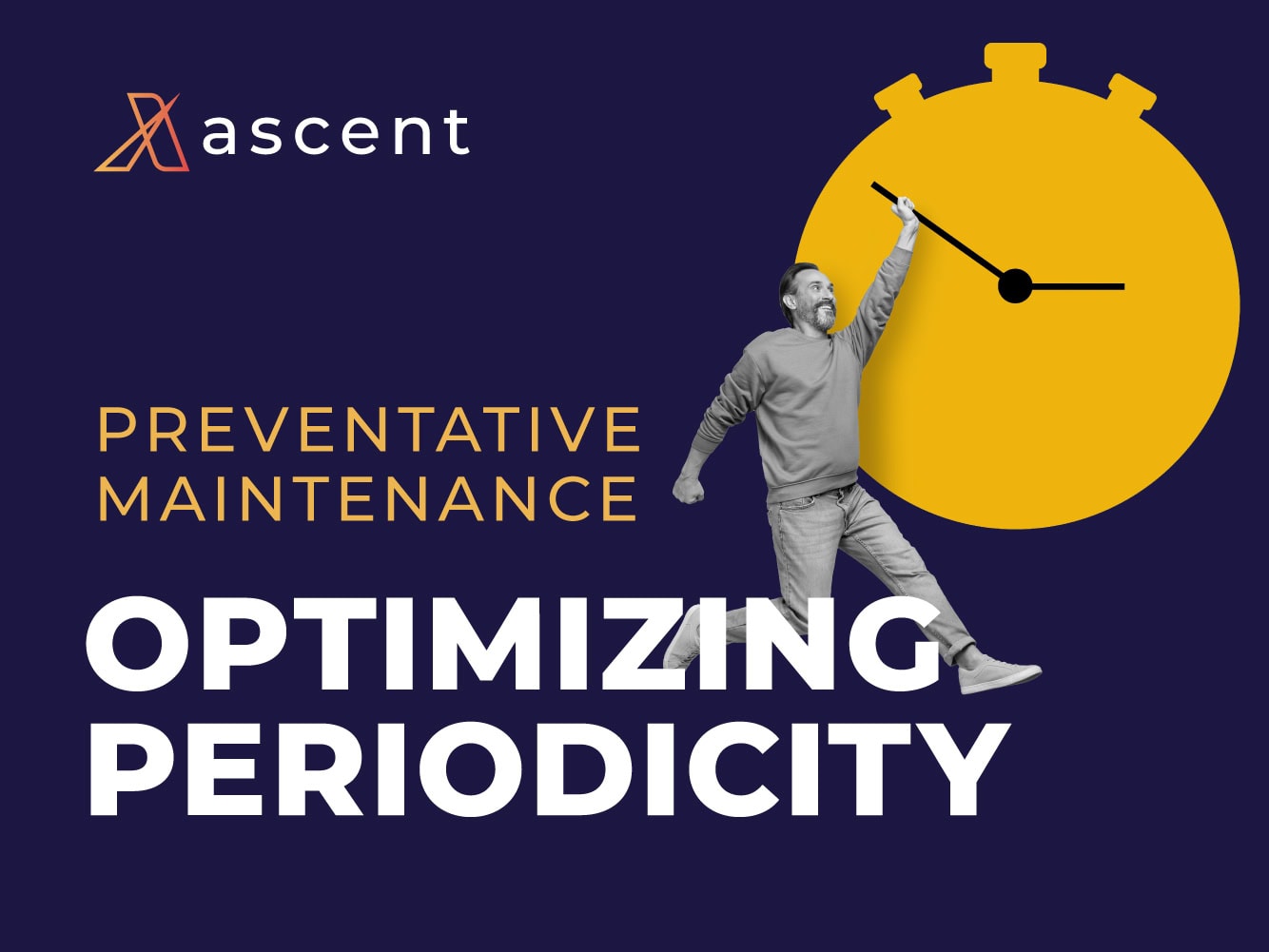Periodicity and its Challenges
Welcome to our last blog in our three-part blog series, where we have been discussing key points of Preventative Maintenace (PM) programs. In this blog, we’ll be discussing how preventative maintenance is cyclical by nature, meaning that the work being performed is completed at specific intervals. These intervals are referred to as the periodicity of the PM activities.
In the world of mission-critical equipment however, there are several considerations for the standardization of PM routines:
- By adhering to the cadence of regularly timed maintenance, facility managers can be lulled into complacency because for many systems, PM scheduling may require more customization to achieve effective periodicity.
- Since operational budgets only include the year ahead, PM programs typically focus on quarterly and yearly maintenance, and often miss maintenance activities that should be scheduled even further out.
- Mission-critical facilities often contain multiple paths of distribution, some including “reserve lineups” for use in emergency situations or for maintenance activities. Often, these resources do not include the equipment downstream of the components specifically undergoing designated maintenance.
- Maintenance activities for various pieces of equipment in the same room or area are often misaligned from a timing perspective, which causes additional mobilizations of the required tools and parts.
The net impact is that infrequent, yet key, PM procedures can be overlooked, remain unbudgeted or get deferred well past their recommended due dates.
Tackling Optimization
A strong PM schedule will organize and prioritize maintenance tasks to bring about the best working conditions for the lifespan of the equipment. Determining the accurate scope and periodicity of PM tasks is essential, considering that the timing of maintenance tasks will vary depending on the equipment and the operations being performed.
In addition to adherence to manufacturer guidelines, best practices, and industry standards, achieving this should include:
- Engaging field engineers and technicians should be part of crafting a PM plan that is tailored to the needs, location, and operating conditions of the facility and equipment.
- In reference to the reserve lineups mentioned previously, during breaker testing situations (for example), the entire line-up downstream could undergo intrusive maintenance within the same time frame as the equipment upstream, consolidating change management of the critical load and maintaining all components involved with a single planned outage or isolation.
- In the case of equipment that occupies the same or adjacent areas, harmonizing PM into reduced mobilizations can make preparation time and planning more effective and efficient.
- Timing repairs to coincide with related maintenance can free up maintenance personnel for other tasks, while combining the cost of both the repair and the PM being performed (e.g., predictively increasing the inspection scope to maximize labor time).
Heightened efficiencies such as these allow personnel to perform routine checks and planned maintenance at more opportune times and reduce duplicate tasks. This helps the organization avoid expensive repairs and ensures that labor costs are kept to a minimum.
In addition to reducing downtime and expenses, a PM program with optimized periodicities will increase the equipment’s life, further lowering future capital layout over the facility lifecycle.
For more information about preventative maintenance scheduling, download our new white paper or sign up for our newsletter to stay in the know.
